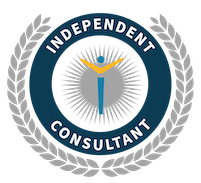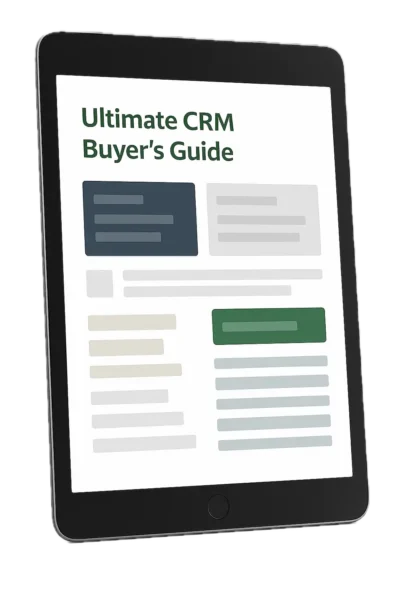CRM vendors have been claiming for many years that there’s a cost of waiting to implement a new CRM system. While there are identifiable costs to delaying a decision, these costs can vary significantly across organizations. However, whatever those costs are for a given organization, they may now be higher than they ever were.
Here are some of the reasons that the costs of sticking with that legacy CRM system have been steadily increasing.
Marketing is Going Through a Massive Transformation
According to Jeffrey Cohen of Social Media B2B, marketing is going through its largest transformation in 80 years. In fact, he and Kip Bodnar of HubSpot plan to speak about this at SXSW in March 2013.
Traditional marketing approaches are generating fewer new relationships and few new leads than they once did. Every day that marketing does not have the most up-to-date tools, it is losing the opportunity to generate new leads for the sales team. The cost of declining lead flow can, of course, be a significant one.
Sales is Becoming More Social
“Sales becoming social” does not mean that salespeople are suddenly finding new leads on Twitter. It does, however, mean that salespeople are finding corporate intelligence and initiating the process of building relationships by leveraging a wide variety of social media channels. It also means that more of the leads that ultimately end up in the hands of salespeople originate through social interactions.
Most salespeople who use contemporary CRM systems leverage the functionality in these systems to build and maintain relationships. They use the ability to seamlessly connect to systems like LinkedIn, data.com and Broadlook to learn more about companies and contacts — and to uncover relationship points.
If salespeople do not have technology at their disposal to build and manage relationships as effectively as they otherwise could. The ultimate cost of this is missed sales opportunities.
Customers Are Expecting a Variety of Support Channels
Customers want to be able to communicate their issues to vendors via any one of a number of different channels. Customer support once once mainly phone based, and this is the only channel that many legacy CRM systems can really support.
Customer support is now predominately based on website interaction, email exchange and social network engagement. Even customers of smaller organizations are now Tweeting their complaints and questions.
If customer service issues are falling through the cracks, there’s a possibility of customer attrition. It’s fairly easy to calculate the cost of a lost customer.
IT Departments Are Getting Leaner and More Specialized
Legacy systems normally need some level of IT support, even if few people are using the system. There are internal costs associated with keeping servers, databases and local applications running. Over time, the personnel who were most familiar with the legacy system move on to other companies.
For companies that are self-sufficient in managing internal systems, there is never a check written for “legacy system support” — but that doesn’t mean there isn’t a cost.
New Employees Increasingly Have Only Cloud-Based App Experience
Younger employees grew up with the Web and with cloud-based apps. If a new employee is given a login to an application that was originally designed to run on a 90’s PC operating system, this application will not align with how the employee is accustomed to interfacing with software. The employee is likely to under-utilize the system.
If a legacy CRM system is in place, there is even the potential cost of not being able to hire a well-qualified job candidate when the other company that’s offering them a job has standardized on a cloud-based CRM solution.
Management is Expecting “Reports & Dashboards”
Even though a lot of time is put into assembling spreadsheet based opportunity reports and forecasts, management is rarely viewing real time information. The more stale information is, the less useful it is for making appropriate decisions.
Legacy CRM systems don’t generally have the same drag and drop reporting tools that newer CRM systems have. Plus, if the legacy CRM system is experiencing low adoption, what reports there are may not contain any useful information.
There is a cost to low management visibility to performance metrics. Appropriate corrective measures that would lower costs or increase revenue are less likely to be taken.





